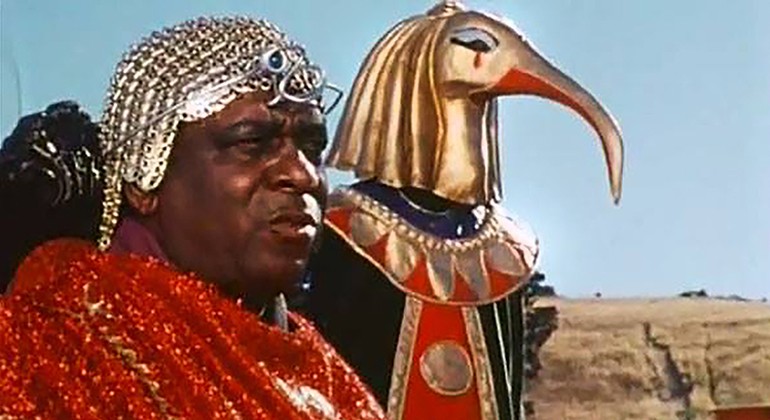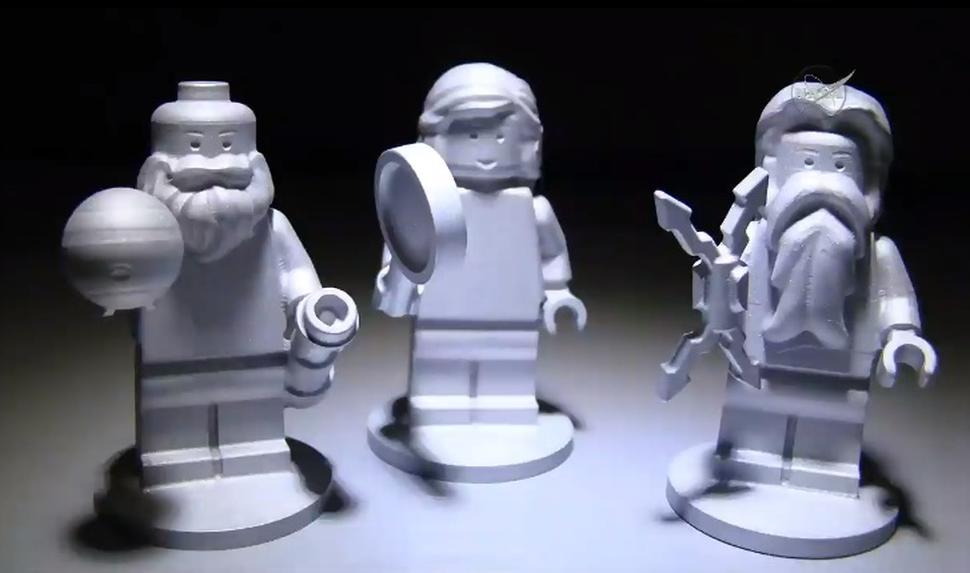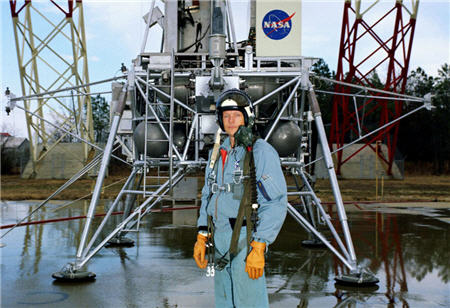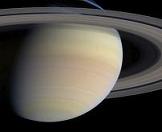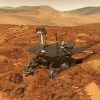I was unable to speak or think past my grief yesterday. I was on my way to a choral practice when I happened to switch on NPR and heard the news. During a break, I used the library’s computers and got the story from Dave. Of course the first thought that went through my mind was, did someone manage to get a bomb on board? But, even though some Iraqis are reportedly saying it was divine retribution, this tragedy seems to have had nothing to do with the looming war and everything to do with the sadness of entropy.
They say about fighter jets that they are thousands of spare parts flying in formation, underscoring both the burden of maintenance and the miraculousness that we can ever get such complicated machines off the ground in the first place. It is so easy to take this for granted, but the Space Shuttle is anything but routine. Stripped down to its airframe every few years and completely rebuilt (as Columbia was recently), the Columbia’s millions of parts not only had to fly in formation, they had to be rocketed into space, then glide to a controlled landing from speeds in the upper atmosphere of about Mach 18. At those speeds, the complex system that holds the craft together can be upended. Entropy is never eliminated, only held at bay, and when the guard fails it reclaims its place with sudden, shocking ferocity.
I couldn’t watch any of the TV coverage last night, so I switched to the New Yankee Workshop and watched Norm Abrams make a table, leg by leg, rounding the top with an ingenious pivoting mount that spun the table at a fixed radius past his saw. That our hands, whose most complex craft until about four hundred years ago was furniture, could have pieced together the assemblage called Columbia and hurled it beyond the clouds on a pillar of flame, to spin around our world and show us what we look like, to bring skilled mechanics to perform a heart transplant on a four story telescope, yes (oh god no) to lift seven souls into orbit and then to heaven.
And, twenty-eight flights and almost twenty-two years ago, after a two day wait, lifting to the skies for the first time before my eyes as I blinked sleepy excitement and mosquitos away and, holding my father’s hand, watched it climb from the wide flat expanse of green Florida wetlands toward the stars.
Requiescat in pace. Aspiramus semper ad astra.
